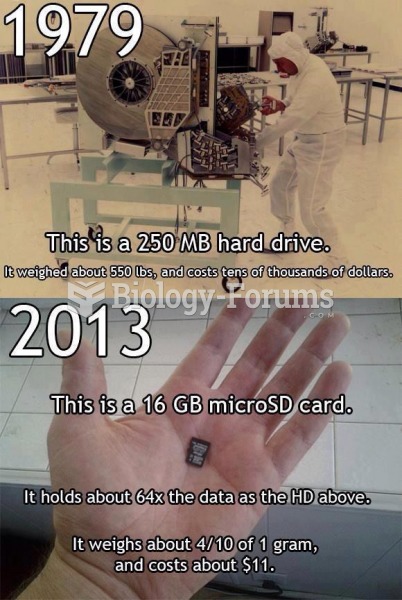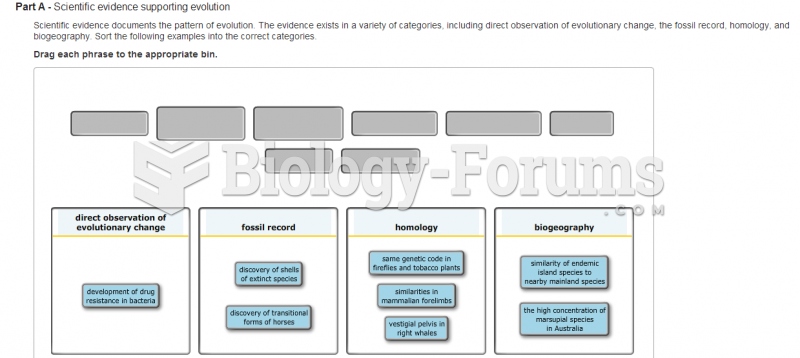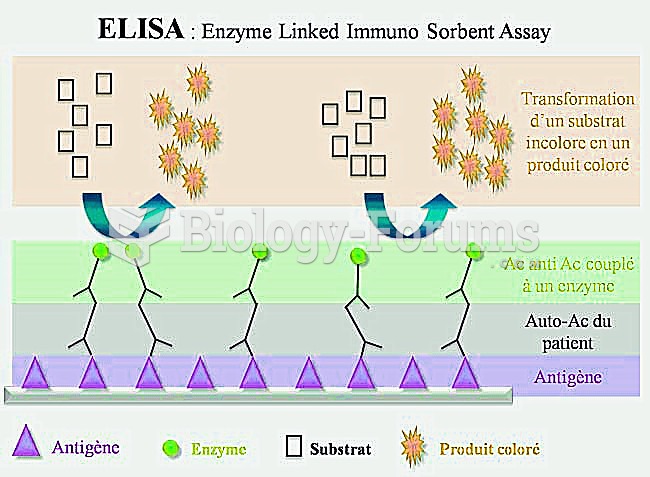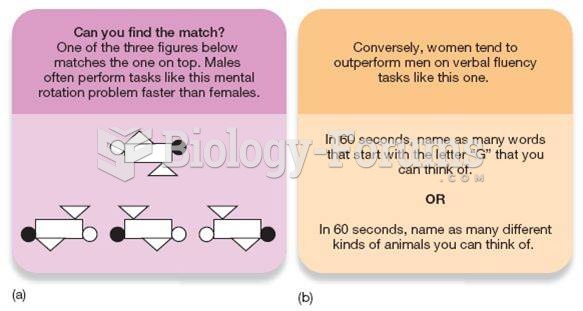|
|
|
Did you know?
The longest a person has survived after a heart transplant is 24 years.
Did you know?
Vaccines prevent between 2.5 and 4 million deaths every year.
Did you know?
It is widely believed that giving a daily oral dose of aspirin to heart attack patients improves their chances of survival because the aspirin blocks the formation of new blood clots.
Did you know?
Common abbreviations that cause medication errors include U (unit), mg (milligram), QD (every day), SC (subcutaneous), TIW (three times per week), D/C (discharge or discontinue), HS (at bedtime or "hours of sleep"), cc (cubic centimeters), and AU (each ear).
Did you know?
Everyone has one nostril that is larger than the other.







